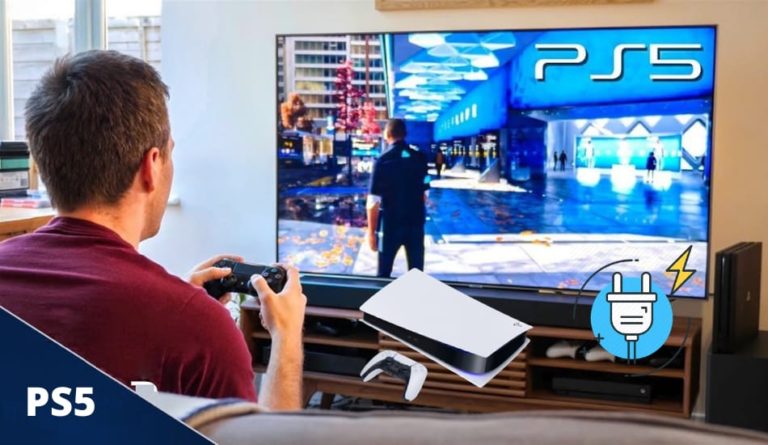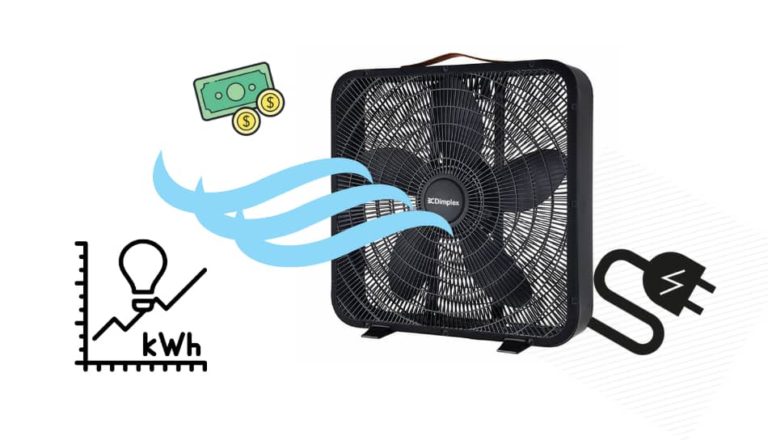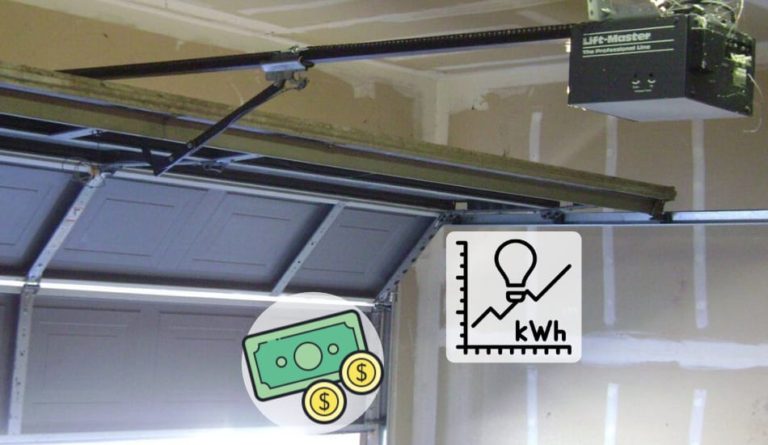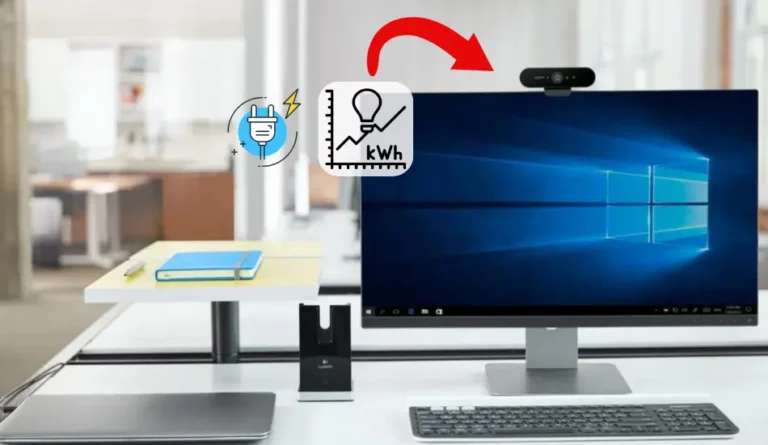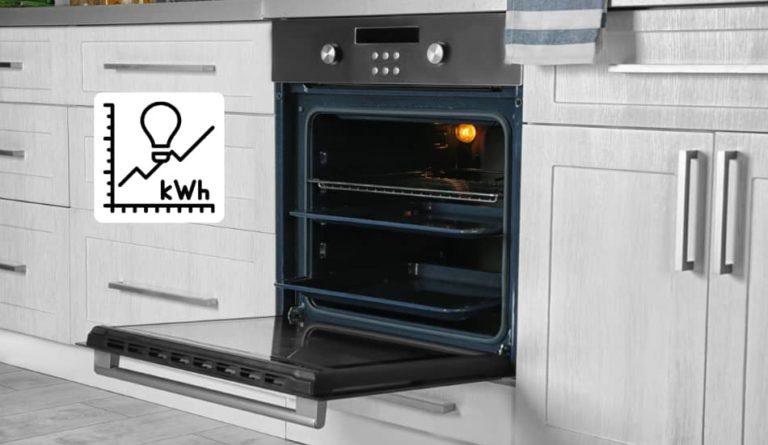How Much Electricity Does a Mini Fridge Use?

Mini fridges are very popular in single households because of their compact dimensions and low consumption. But they are also being chosen more and more for use in guest rooms, by the pool or holiday home, or allotment garden. If one thing is obvious, it’s that all mini-fridges use energy. The question is whether they consume a lot or not. So, is it really okay to consider buying a mini-fridge?
Table of Contents
How Much Electricity Does a Mini Fridge Use?
So How Much Electricity Does a Mini Fridge Use? In general, mini-fridges on average use between 55 watts and 85 watts, which depends on their size and insulation levels. With the average price of 12 cents per 1kWh in the US, if it runs for 1/3 of the 24 hour day, it will annually cost you from $19 to $29 to run a mini-fridge.
The thing that you should remember is that energy consumption varies from one fridge to another. Indeed, the energy consumed by a mini-fridge can double when you take another mini-fridge of the same performance, but of different models.
If you are looking for a new mini fridge, this is the model that we Recommend!
Energy consumption is one of the main factors in selecting a mini-fridge, and it is expressed in Watts. Things that also affect the electricity consumption of a mini-fridge are the temperature of the room, how full the fridge is, the temperature of settings you use, also with how often you open the door.
Is That a Lot Of Electricity?
Most mini-fridges use around 55 to 85 watts per hour. If we multiply that by 365 days, we will get the annual electricity consumption of 160 kWh. To get the annual energy cost, we use the average electricity price of 12 cents per kWh, which eventually cost us $19.2 to run a mini-fridge for a year.
In fact, a mini-refrigerator can actually reduce your energy use if you have a frequent habit of opening your large kitchen refrigerator often just to have the next cold drink. A mini-fridge loses a lot less cold air than your kitchen fridge every time you open it.
Let’s use an example: A mini-fridge that can hold 90 cans is only 2.2 cubic feet in volume. If we compare that to a standard kitchen refrigerator, we can very easily see that Frigidaire refrigerators have a volume of 18 to 27 cubic feet. Imagine that you try to open that 25 cubic foot refrigerator every time you want to grab a soda, and by using that metric you can see how a mini-fridge is a lot more energy efficient than a normal fridge.
Energy Consumption
Things that affect how much electricity a mini-refrigerator will consume varies according to size, manufacturer, and features, just like with full-size refrigerators. Mini fridges, typically range from 1.7 to 4.5 cubic feet, usually receive an Energy Star rating because they consume less than 239.42 kilowatt-hours/year for manual defrost versions.
If we make a comparison with a much larger refrigerator that has 18.2 cubic feet and that consumes 424kWh/year, we get better energy efficiency per cubic foot. According to report testings, the annual operating cost of a mini-fridge that has 4.5 cubic feet is approximately $27, while the larger fridge of 20.6 cubic feet costs around $47 per year.
Smaller fridge models can consume more energy per volume. As a rule of thumb, the smaller the device, the worse the energy balance per volume. Here is the calculation:
- 60 Liter volume: 100 kWh / $12.00
- 40 Liter volume: 70 kWh / $8.40
- 20 Liter volume: 50 kWh / $6.00
For refrigerators with freezer compartments, a surcharge of around 20% can be assumed on top of the specified values. Silent refrigerators quickly double their consumption. Many devices also show an estimated annual consumption in the datasheet.
Things That Affects Mini-Fridge Power Use
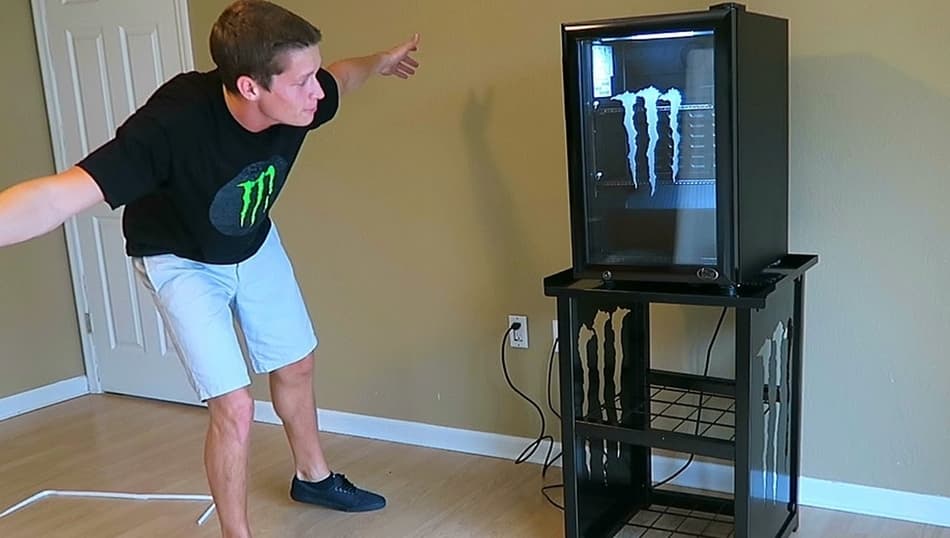
The actual energy consumption of mini fridge will depend on few factors. These include:
- Model: Some models are made more efficient than others and have an A ++ Energy Star rating, unlike those who have a B rating.
- Size: Although they come in different dimensions, those that have a larger volume also have higher energy consumption.
- Location: If the mini-fridge is located in a warm position, it will use more power.
- Season: All mini-fridges use more power in summer than in winter, because the ambient temperature is higher.
- Usage: If the door of a fridge is held open or use frequently, the compressor will need to work harder to keep food and drinks cool.
- Settings: The factory settings can affect higher energy consumption than it is actually necessary.
- Age: Old models are usually less energy efficient than new fridges that have a high star rating.
Calculation of my mini fridge, the numbers are:
- Fridge wattage = 80 Watts
- Estimated usage = 8 hours per day
- Total power = 80W x 8h = 640Wh = 0.64 kWh/day
- Total cost = 0.64 kWh/day x 365 days x $0.12/kWh = $28.03/year
Basic Mini Fridge Power Consumption Calculator:
- Fridge Wattage (W) x Hours Per Day (h) = Watt-hours per day
- Watt-hours / 1000 = kWh per day
How Much Will a Mini Fridge Raise My Electric Bill?
Depending on the size (from 1.7 cubic feet to 4.5 cubic feet) and insulation levels, the mini-fridge can raise your annual bill anywhere from $20 to $50. But it is almost impossible to predict how much energy your mini-fridge will use because these devices do not consume energy all the time.
Instead, they turn on and off in cycles. They consume the most energy when they are used frequently, or when hot items are placed inside. In addition, the degree of insulation they have is also part of the picture. NewAir’s small refrigerators come with double-glazed doors and triple-layer insulation. The more protected the interior of a refrigerator is from the environment, the less energy it takes to maintain a temperature of 34 or 36 degrees (1.1C to 2.2C), or whatever temperature you prefer for cold drinks.
However, some refrigerators are significantly more efficient than others and you can get a good idea of their electricity consumption if you know the meaning of the different numbers.
How Many Watts Does a Mini Fridge Use?
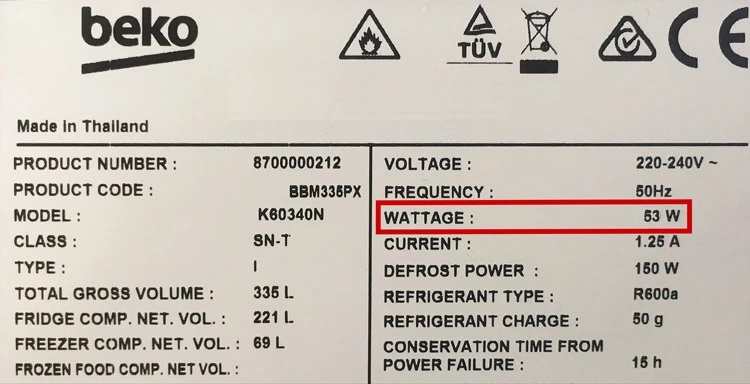
The regular wattage for a mini-fridge is between 55 watts to 85 watts, which depends on their size. Therefore, a mini-fridge uses a lot less power than regular full-size refrigerators that use from 100 watts up to 400 watts per hour. Every fridge is measured in watts. It’s the number that is used when they are running and from it, we can calculate electricity consumption per hour, day, or month.
But to calculate how much it will cost us to run a fridge we need to have kWh. These models don’t cycle On and Off often as larger ones do. We will make an example of how you can accurately calculate the energy consumption of a mini-fridge.
Example: Mini-fridge runs for 8 hours per day. If the device uses 55 watts for 8 hours, we need to multiply the number of watts with hours to get watt-hours. We get 440 watt-hours in a day.
Now we need to convert watt-hours into kilowatt-hours (kWh), because power consumption is measured in kWh, and that’s how your energy bill is charged by your utility company. To get kWh you need to divide 440 Wh by 1,000. You will get 0.440 kWh. With the average price of 12 cents per 1 kWh in the US, it will cost you $0.052 to run a mini-fridge for 8 hours a day. If we multiply $0.052 with 365, we get an electricity cost of $19.2 per year.
That’s how much it will cost you to run a fridge for a whole year with ice-cold beer and soda! If we compare that to a full-sized refrigerator, it uses around 670 kWh per year, which is around $88 per year.
3 Ways to Save Power Consumption
- Make sure the fridge is well ventilated: People often place the mini-fridge between wall cabinets which require more power than regularly. Avoid this.
- Use timer switches: This way, your mini-fridge will be ON only when it is needed to cool the food & drinks.
- Adjust the temperature settings: Mini fridges are often set far too cold by default. Use a thermometer to measure and change your settings.
Know Exactly How Much Power Your Fridge Consume
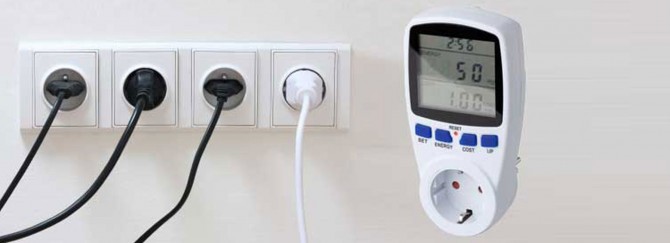
If you want to know the actual wattage of your mini-fridge, you need to have a power meter (also called a wattmeter). These devices are made just for this purpose and they work great. This is the easiest and cheapest option you can have to correctly measure the power consumption of your mini-fridge or any other electrical device. A power meter, which is equipped with a screen, can provide you with real-time information on the consumption of your fridge as well as on that of a group of devices.
Some models even allow you to directly obtain the translation into dollars of the recorded electricity consumption, differentiating between off-peak and peak-hour rates. Therefore, with the power meter, you will have the measured information rather than estimated. Just plug your mini-fridge in for a 24 hour period and see how much electricity it will use.
Things to Consider When Buying a Mini-Fridge
In your bill, you should assume that you will be using the mini-fridge for at least 2 to 3 years. If you multiply the current electricity price of your provider per kWh by the annual consumption of the fridge, you have calculated the costs for operation over a period of one year.
Multiply this amount by a factor of 2 or 3 and you can put the electricity consumption in relation to the purchase price and compare the mini-fridges with each other. In practice, however, the useful life is more like 5 to 10 years. The costs can also be calculated for this period. Also if you live in a region where the energy cost is high, that’s also one of the reasons to consider a small refrigerator.
Are Mini Fridges Worth It?
Compact refrigerators, also known as mini-fridges, usually have dimensions from 1.7 cubic feet up to 4.5 cubic feet and have their benefits. They are small, inexpensive, require low maintenance, and occupy less space. The smallest mini-fridge (cube-shaped) is 17 inches wide, 20 1/2 inches tall, and 18 7/8 inches deep.
Mini fridges usually have a volume of 60 liters or less, which is more than enough for a single household. With a volume of 20 liters or less, one sometimes speaks of a micro-refrigerator, which is definitely no longer sufficient to supply an entire household. Instead, they are used, for example, to cool drinks in the living room or on the terrace.
Keep in mind that quiet refrigerators do poorly in terms of energy efficiency. A loud compressor only works intermittently, while the technology in its silent counterpart works practically continuously, but much quieter. In return, you can easily use a quiet refrigerator in the bedroom without disturbing the night’s sleep.
How To Choose The Most Efficient Mini-Fridge
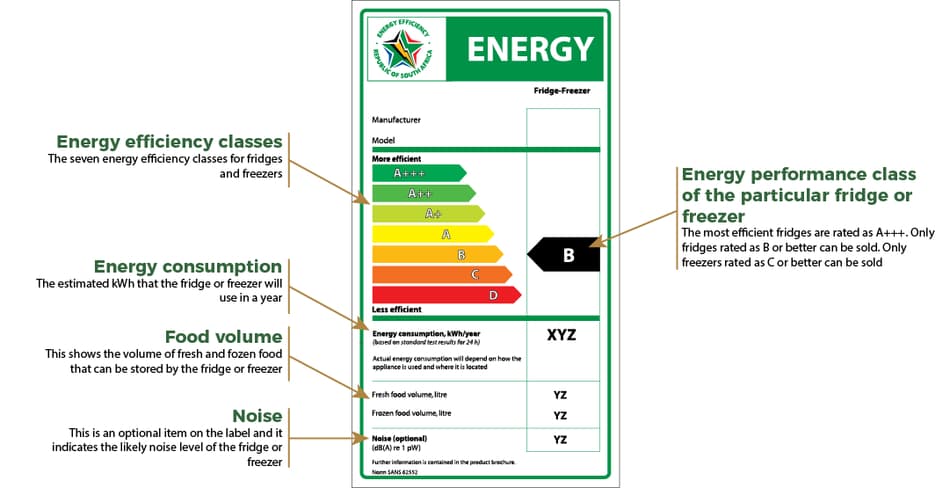
When you decide to buy a small size fridge, whether it is for your room or home office, the first thing you need to check is the Energy Star rating. You may also look for consumer reports and reviews to get better info about your mini-fridge and is it really energy efficient as stated.
A lot of people try to get through as cheaply as possible, so they choose the mini-fridge that suits them best, and later they are surprised by the electricity cost. Some of the famous brands that I would recommend are Danby, Heier, Galanz, and more – but one of the best electricity saving brands is the NewAir lineup, which offers really good small refrigerators at affordable prices.
Final Thoughts
Mini refrigerators are most commonly used to store coffee, homemade lunches, snacks, or drinks. Therefore, having a mini-fridge is a great thing. In this article, we could see exactly how much electricity these devices consume, what all affects consumption, and how to minimize it. We also stated that if you want to accurately monitor the consumption of your mini-fridge you can use devices such as a power meter, with which you get accurate energy consumption in real-time. I hope you now have a much better idea of how much energy refrigerators use.


